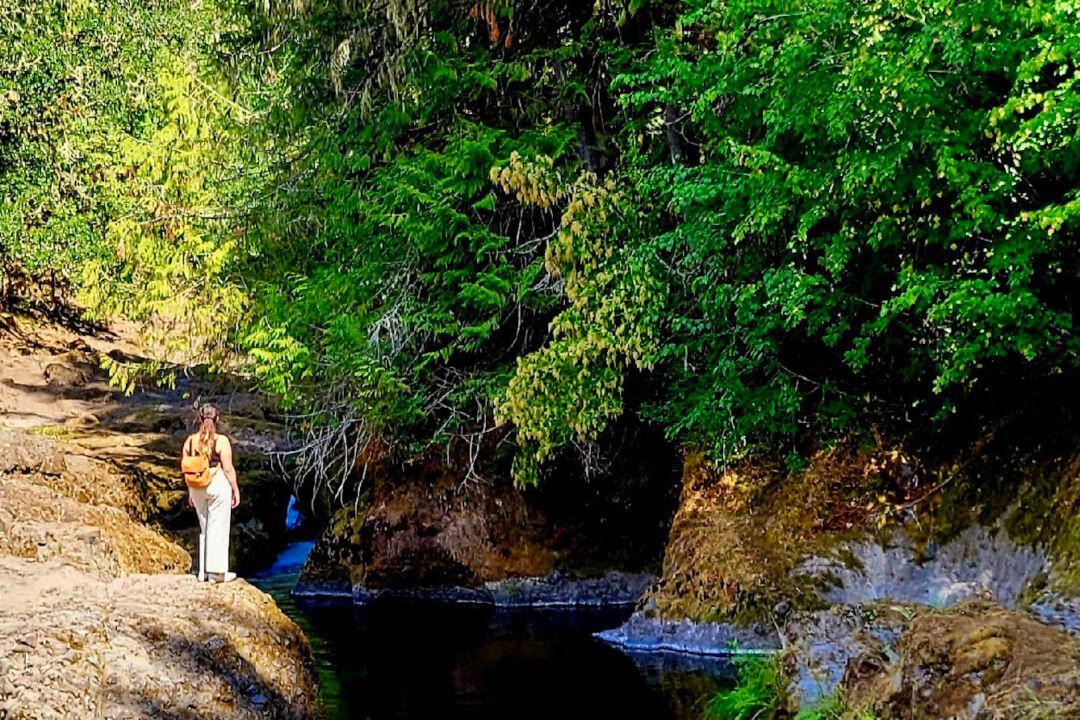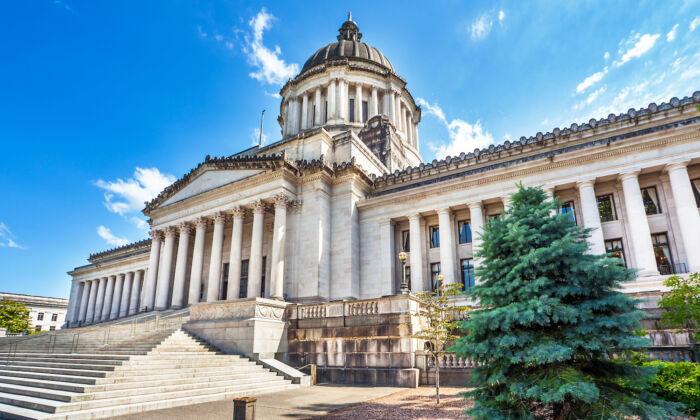Some 25 million years in the making, the spectacular geologic uplift known as Vasquez Rocks is one of the most famous movie locations in the world—and it’s less than an hour’s drive from Los Angeles. It looks like a land suspended in time, which is exactly why Hollywood fell in love with it.
Embraced by moviemakers since the 1930s, its skyward-thrusting crags have provided the background for generations of cowboy heroes from “The Lone Ranger” to “Blazing Saddles.” It has been used as a stand-in for prehistoric Earth in “One Million B.C.” and “The Flintstones,” as well as the future worlds of “Star Trek.” Captain Kirk even has his own rock.
The land that is now a park was gradually acquired by the City of Los Angeles, beginning with the donation of a 40-acre parcel in 1971. The next year Vasquez Rocks was added to the National Register of Historic Places for its significance as the ancestral home of California’s native peoples.
But the best thing about the 923 acres that now comprise Vasquez Rocks Natural Area Park and Nature Center is that in addition to being an easy drive, it’s free and open to the public. It is located near the town of Agua Dulce off the Antelope Valley Freeway (state Highway 14) between Santa Clarita and Palmdale.
Once the ancient home of the Tataviam and Shoshone people, the rocks were named for one of early California’s notorious desperados, Tiburcio Vasquez. That’s just part of the park’s natural and cinematic history that you'll learn about at the excellent visitors center.
Once you have your bearings, you can drive into the park or preferably explore its landscape of dramatic sandstone cliffs and high desert wildlife on foot along an extensive network of hiking trails. It’s a unique experience where a different panoramic vista is waiting around every bend. In the spring during wildflower season the entire park comes alive with a rainbow of blooms.
Although the drive time to get to Agua Dulce can be measured in minutes, once you take the offramp and head toward the park it feels like you’ve left Los Angeles light-years behind. This is horse country. There isn’t a single building over two stories high, and all the roads have two lanes.
Traveling north on Agua Dulce Canyon Road you'll pass through the tiny town of Agua Dulce before the road intersects with historic California Highway 6, the old Sierra Highway. Turn right and you’re soon in wine country, where one of the tasting pleasures is the Agua Dulce Winery.

With its rich aquifer-fed soil and blazing hot summers, the region has proved ideal for growing a variety of grapes. And over the last 20 years it has matured into one of California’s lesser-known wine-producing treasures.
Agua Dulce Winery’s 90-acre vineyard includes an excellent tasting room with indoor and outdoor dining areas, a 10,000-square-foot bottling facility and a 10,500-square-foot wine cellar and storage building.
The winery hosts a multitude of events from take-off-your-shoes wine crushing to chili cookoffs, crafts fairs with live music and hayrides through the vineyards. But the hub of activity is the tasting room, so reservations are recommended.
My highlights of a recent sampling included the crisp stainless-steel-aged 2022 Reserve chardonnay; the richly fragrant, garnet-colored 2019 Reserve syrah; and the robust (aging worthy) 2017 cabernet sauvignon.








